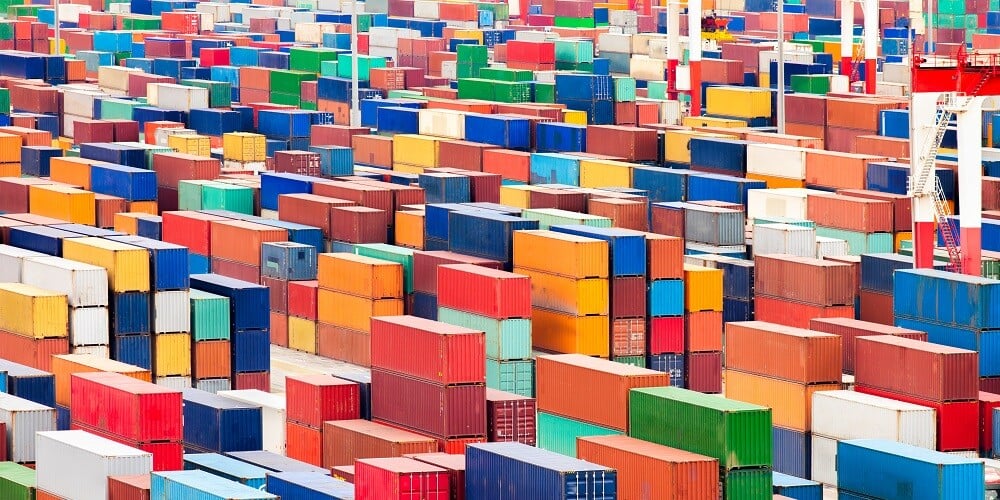As the global supply chain continues to evolve, it is important to manage the risks that evolve with it. Some risks, such as physical and political conflict, are in the forefront, while others are often overlooked. One such area of supply chain risk management that does not get as much attention is concentration of value, which generally refers to the accumulation of cargo in one place or vessel.
At a Glance
Global economies and trade are expanding at a rapid pace, which has forced global shipping capacity to keep up. Cargo vessels and air freighters are larger than ever before. At the turn of the 21st century, the largest cargo ship had a capacity of 8,000 TEU’s (20-foot container equivalents), while today’s largest vessels hold over 24,000*. Ports are expanding, and larger warehouses and distribution facilities are being built across the globe to satisfy growing fulfillment demands.
Supply Chain Risks
Even with this additional capacity, carriers are often overbooked, which can cause shipments to get “rolled”, or delayed until the next sailing option. In addition, many shippers are consolidating more of their cargo on single bookings and conveyances to save money on freight and clearance fees. This, along with other economic factors, can cause inventories at ports, warehouses, and container freight stations to build up and sit longer than anticipated. Additionally, companies
often ship time-sensitive, high-value goods via air in urgent, unanticipated situations.
Things to Consider
With all this in mind, there are certain details to consider when it comes to managing risk of loss across all elements of your supply chain:
- Understand the max insured limits on your policy for each mode of transit.
- Communicate the transit limits to supply chain stakeholders within your organization.
- Review policy wording and clauses addressing freight delay/accumulation.
- Monitor inventory levels & warehouse values compared to limits of insurance.
- Watch for port congestion and booking delays to see if additional coverage is needed.
As global trade continues to expand and evolve, so do the complexities and risks associated with supply chain management. Understanding and mitigating the risks posed by cargo concentration is paramount for businesses seeking to protect their assets and maintain operational efficiency. To learn more or to speak with a cargo insurance expert, reach out to ECIB today.
References:
* Port Economics, Management and Policy


.png?width=6181&height=1578&name=ECIB-logo%20(1).png)
